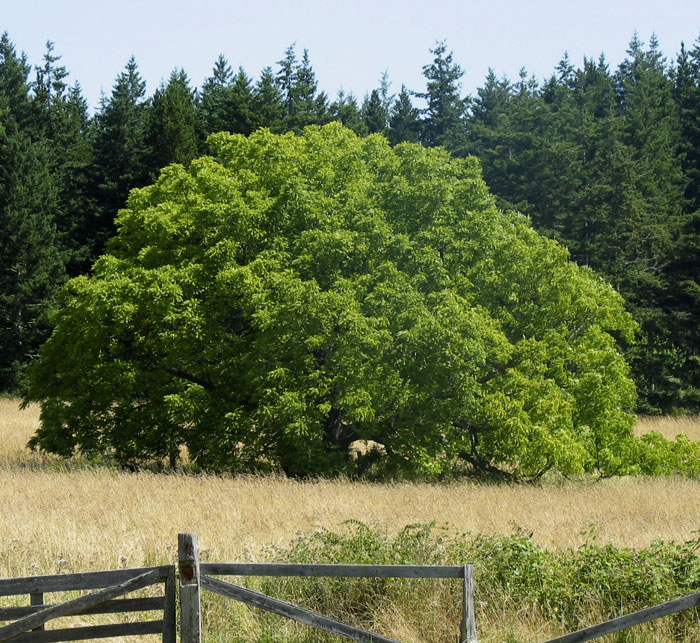Walnut Tree Invitational
The Walnut Tree Invitational was the Lopez Island Historical Society’s big fund raiser in 2006. More than 40 painters, sculptors, photographers, musicians, and writers created original works inspired by a magnificent walnut tree at the south end.
On July 22, we hosted a celebration with fabulous food, fine wine, foot-tapping music, and silent and live auctions.
This was a chance to buy original work by some of Lopez Island’s finest artists, with proceeds shared between the Museum and the artists—a great opportunity to support your History Museum and Lopez Island’s arts community.
Walnut Tree Invitational was a very great success. The Lopez community contributed a splendid sum of money. Without question the most significant contribution to this success was made by the artists who created and donated the delightful selection of artworks and craft-pieces. Artists—we are deeply grateful for your participation. So, we thank the donors, buyers, sponsors and volunteers who created a good time while supporting both the Museum and our community of artists; an all-win result.
A very significant contribution to “Walnut” was made by Madeleine Linville. Madeleine created and implemented the design for the evening. She coordinated an army of volunteers to decorate the Center with flowers and historic artifacts, and persuaded the best island chefs to create and serve a stunning buffet. Further, Dick and Sharon Friel, veterans of more than 2,600 auctions, volunteered to manage the auction itself. These contributions are noteworthy for Madeleine, Dick and Sharon are not members of the LIHS Board. You three, we thank you.
During the auction a large number of people raised their paddles to support restoration of the Sally J, an historic gill netter, as the center-piece of an exhibit that illustrates the great importance of the salmon harvest to early Lopez. Sally J first needs to be stabilized and Russ Levine, a well-known local shipwright, will survey the vessel and plan the supporting, strengthening, planking and cosmetic actions needed. Then the vessel will be moved to a more visible display area, and an interpretive display crafted. When complete, visitors will be able to see and understand how the Sally J worked as a fishing and a research vessel.



